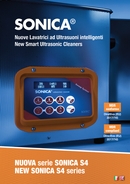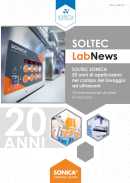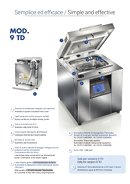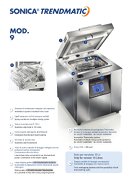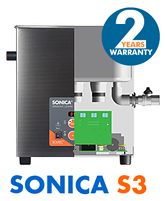Ultrasonic Sonication for protein extraction
Submitted by soltec-admin on Fri, 04/26/2013 - 21:51
Biochemistry laboratories at the “Center for Nanoscience and Technology” of the Italian Institute of Technology in Milano (Italy)
In the Biochemistry Lab at the CNST-IIT in Milano, researchers focus on the X-ray structure determination of proteins and other biological molecules for a diverse set of applications such as drug design or tissue engineering and for the elucidation of fundamental biological processes.
Natural, correctly folded proteins are produced in large quantities by transforming non-pathogenic bacteria with the gene encoding for the protein of interest. This procedure has been made possible by the development and the optimization of recombinant DNA techniques that had, over the last few decades, an enormous impact on biological research.
Small-scale screenings for optimal bacterial growth conditions are often crucial to improve protein quality and production yield. In fact, many experimental parameters can play a key role in the production process. These include: nature of the medium, its oxygen concentration, nature of the bacterial strain, concentration of the transcription-triggering chemical agent, and others. Such preliminary studies allow for the precise identification of the optimal experimental conditions at which large-scale protein production will need to be carried out. Following induction and culture growth, bacterial cells are lysed and the protein production pattern is analyzed by gel electrophoresis.
SONICA Ultrasonic bath is an extremely useful tool for all the researchers in the Biochemistry laboratories at the Center for Nanoscience and Technology of the Italian Institute of Technology. The ultrasonic cavitation generated by the Sweep System Technology allows for the simultaneous lysis of multiple bacterial samples of roughly 200 μ-liters volumes each. Furthermore, with the SONICA Ultrasonic bath (digital version) different sonication times and temperature can be conveniently set and manteined constant throughout the entire sonication process, thus allowing for the precise identification of the ideal cell lysis conditions.
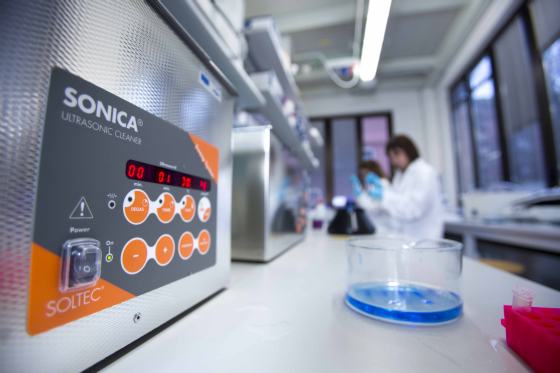
Finally, large scale protein production affords sizeable amounts of the protein of interest. At this stage, good quality sonication procedures are key to obtaining the largest possible amounts of correctly folded protein. Further purification steps will then be carried out in order to separate the protein of interest from the endogenous bacterial proteins.
Subsequent functional and structural studies are performed on the purified protein of interest to characterize its intrinsic properties and behavior.
- 15636 reads
- Italiano

